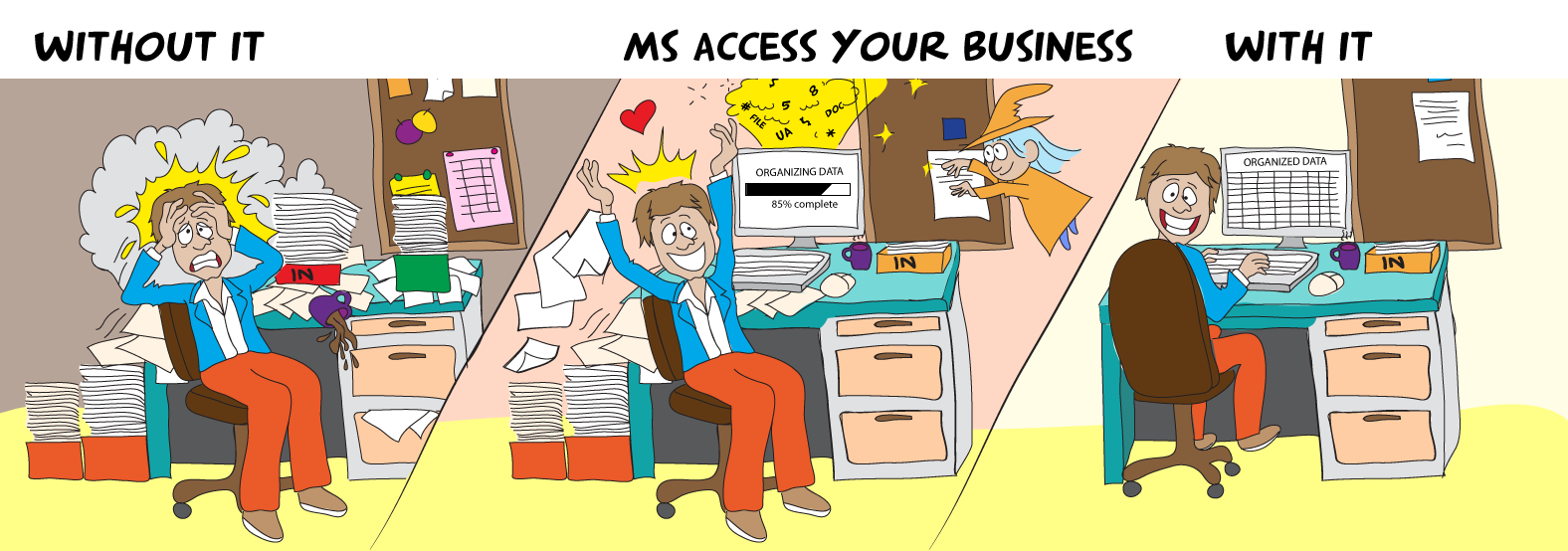john_gringo
Registered User.
- Local time
- Today, 14:09
- Joined
- Nov 1, 2011
- Messages
- 87
Hi
I need to make a query to calculate a price. The formula is
PoductPrice * Vat. But VAT is not the same for every product and there is some client that has a discount on VAT. Check the table below.
Some clients belong to column A values and others at column B
How to make the query to choose the right column based on clients' VAT Category?
If the client belongs to the A category should take values from a list and if on B from column B.
Thanks
Jiannis
I need to make a query to calculate a price. The formula is
PoductPrice * Vat. But VAT is not the same for every product and there is some client that has a discount on VAT. Check the table below.
Some clients belong to column A values and others at column B
How to make the query to choose the right column based on clients' VAT Category?
If the client belongs to the A category should take values from a list and if on B from column B.
Thanks
Jiannis
| VAT Category | ||
| Vat_ID | A | B |
| 1 | 24% | 17% |
| 2 | 13% | 9% |
| 3 | 6% | 4% |
| 4 | 0% | 0% |
| Client VAT Category | ||
| Client_ID | Client_Name | VAT_Category |
1 | John | A |
2 | Alex | B |


